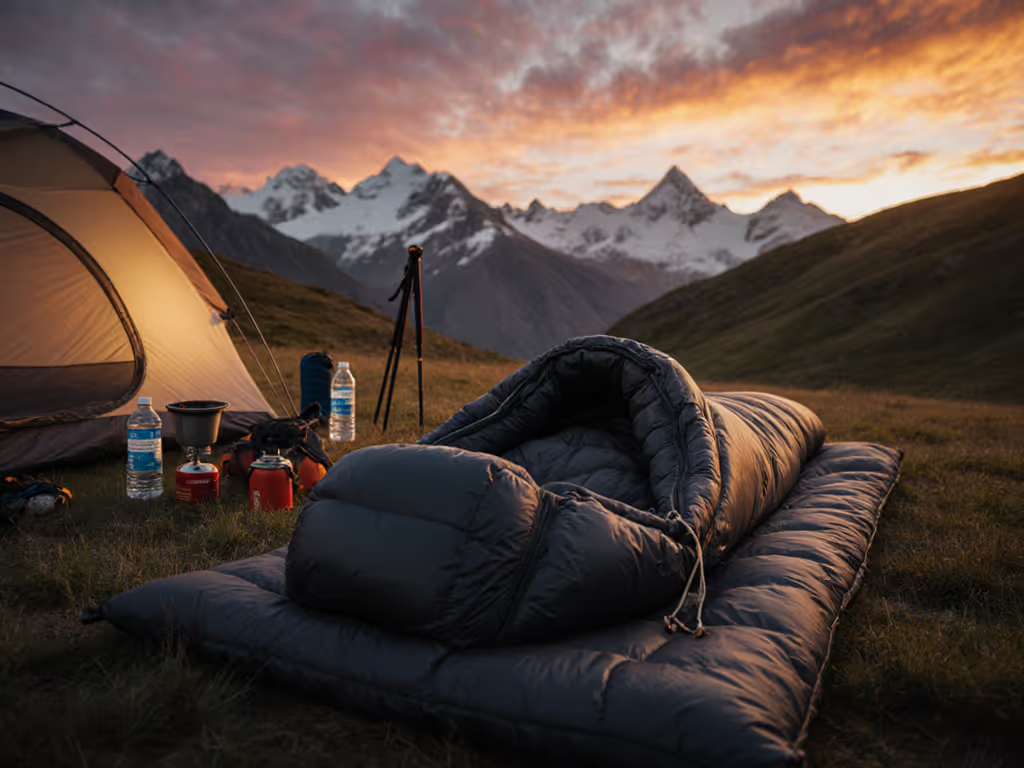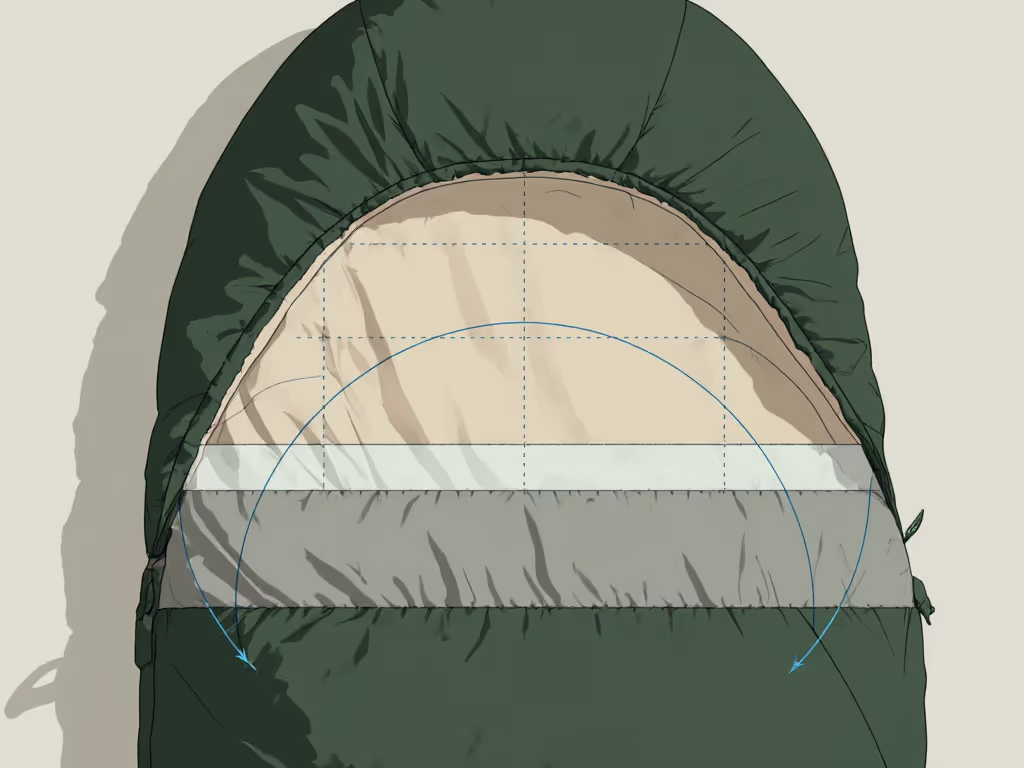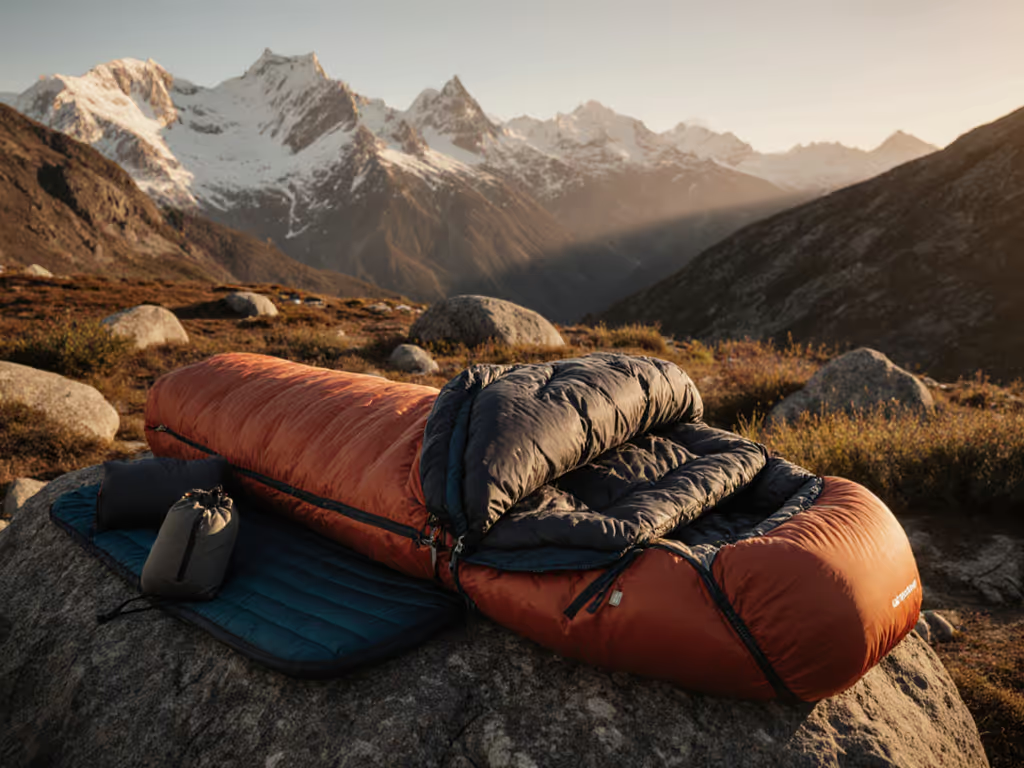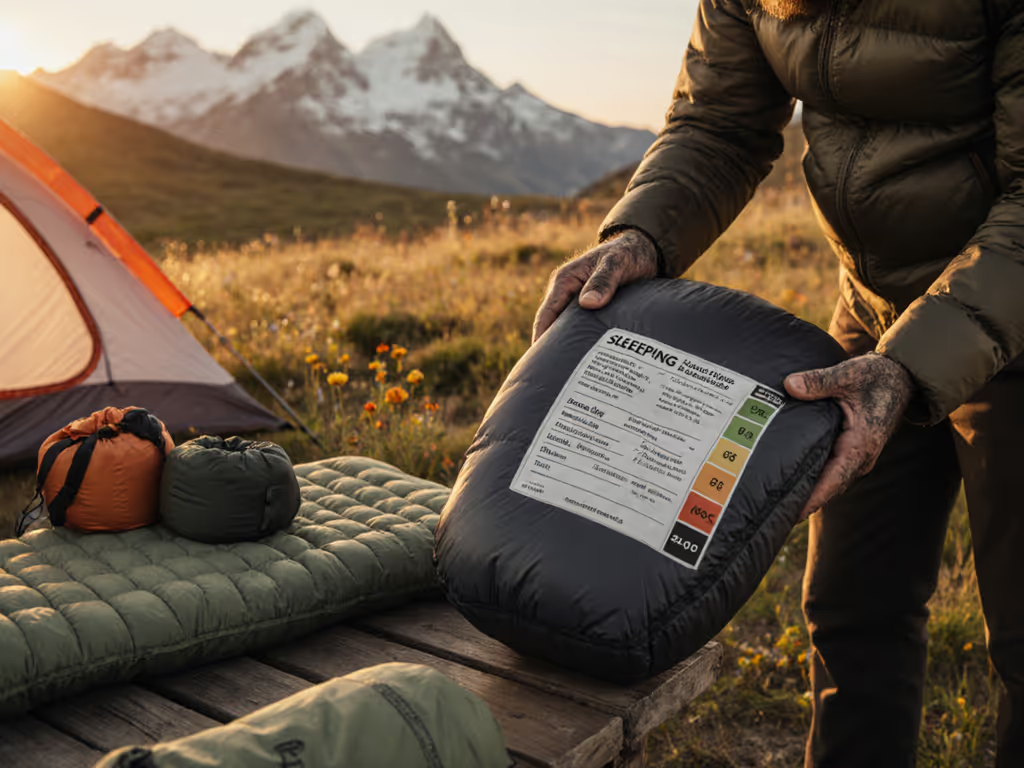
Boost Sleeping Bag Warmth: Hood Design Guide

Warmth is a system, not a single-spec promise. That's why sleeping bag hood design isn't just about head coverage, it's the linchpin between your sleeping bag's cold weather rating and actual comfort when wind slices through your shelter. A poorly integrated hood turns a "20°F" bag into a draft funnel at 35°F, especially when paired with inadequate pad R-value or in windy scenarios [alpine ridge camp, 18mph gusts]. Your brain spends calories fighting heat loss before you even register being cold, a silent energy drain that sabotages recovery. Let's dissect hood mechanics through pad-first logic, because no hood fixes systemic warmth gaps.

The Physics: Why Hoods Make or Break Your System
Hoods prevent 30-40% of nocturnal heat loss (verified by aerospace thermal studies), but mummy bag hood types only deliver this when integrated with your pad and shelter. Two critical failures plague campers:
- The Separation Problem: Hoods detach as you roll, leaving gaps at the neck. Common in side sleepers with non-secured quilts or mummy bags not customized for torso length.
- The Compression Trap: Tight hoods crush down clusters near the jawline, creating conductive cold spots worse than no hood at all.
Your ISO comfort rating assumes zero wind and perfect hood integration. Add 10mph wind? That's a 10-15°F effective temperature drop before considering pad R-value deficits. Draft collars explained simply: they're the first defense against this gap, but only when hood and collar work as a single unit. A loose collar lets cold air spiral down your neck, a stiff one restricts breathing. Look for:
- Internal drawcords (adjustable without waking)
- Angled baffles that maintain loft when cinched
- Non-snag magnetic closures (critical for claustrophobia-prone sleepers)
Wind-Adjusted Hood Design Scenarios
| Condition | Hood Failure Risk | Critical Design Fix | Calorie Drain (Estimated) |
|---|---|---|---|
| Wind Exposure | High | Underarm straps (like GryphonGear's) | 200+ kcal/hr |
| Side Sleeping | Extreme | Reversible construction (e.g. Zpacks Down Hood) | 350+ kcal/hr |
| Humid Conditions | Moderate | Aluminized Dyneema® lining | 150 kcal/hr |
Warmth is earned by the system: bag, pad, shelter, wind management, and fuel.
Fit Over Form: Matching Hoods to Your Physiology
Sleeping bag hood fit hinges on three non-negotiables:
- Jaw Clearance: No contact between chin and hood fabric. Compression here creates a cold bridge. Test by sitting upright in your sleeping system, hood shouldn't press against windpipe.
- Occipital Coverage: Hood must extend 1 inch below your skull base. Short hoods expose the vulnerable neck-spine junction.
- Rotational Freedom: Hoods must rotate with your head during position changes. This is where sleeping quilts gain advantage, they move with you; mummy hoods often resist.
Women and cold sleepers face unique hurdles: narrower face profiles mean standard hoods create forehead gaps, while broader shoulders compress chest baffles if the hood pulls tight. Explicit margins of safety require: if your bag's comfort rating is 20°F, and your pad is R4.0, the hood must function perfectly at 28°F to hit that rating in windless conditions. In 5mph wind? You need 3-5°F extra margin built into hood performance.
Side Sleeper? Your Hood Checklist
For restless sleepers (65% of campers), verify these before buying: If you struggle with fit while turning, see our top sleeping bags for side sleepers for designs that maintain a seal without shoulder squeeze.
- Cradle Test: Lie on your side, hood shouldn't slide forward more than 1 inch
- Neck Gap Check: No airflow at the jawline when hood is lightly cinched
- Fabric Glide: Silnylon (not nylon) interior to reduce friction during turning
- Wind Lock: Secondary anchor points (e.g., neck straps) that prevent slippage above treeline

System Integration: Beyond the Hood Alone
A hood is useless without context. Pad R-value dictates how much hood efficiency matters:
- R1.0 Pad: Hood provides negligible gain (heat loss through ground dominates)
- R3.0+ Pad: Hood becomes a critical warmth multiplier
- R4.5+ Pad: Hood quality determines if you hit comfort ratings in wind
Concise bullets for real-world application:
- In windy conditions, add 0.5 R-value to your pad before upgrading hood insulation
- Damp climates? Prioritize hydrophobic down in hoods, wet down loses 80% loft
- Never pair a hoodless quilt with R<3.0 pad above 5°F ambient, calorie cost exceeds benefits
- Test your hood with your pillow, hoods shift 2-3 inches when head elevation changes
The summit bivy story taught me that ISO ratings ignore wind physics. My "20°F" bag failed not because of bad down, but because wind evacuated warm air trapped by the hood. Assumptions first, then conclusions: I assumed the bag's hood would seal against wind; reality proved otherwise. Now, I validate hood performance before cold nights by testing in a breeze (3mph fan) with my sleep system fully deployed. If drafts persist at the neck, I add a collar or adjust hood tension, not the bag rating.
Your Wind-Proofing Checklist
Before trusting any hood in cold weather, run this:
- Pad Baseline: Is your pad R-value ≥ (Target °F / 6)? (e.g., 30°F = R5.0)
- Wind Simulation: Test hood seal with 3-5mph airflow (use fan on low)
- Roll Test: Shift side-to-back 5x, hood must stay positioned without manual readjustment
- Breath Check: Open mouth, hood shouldn't collapse inward (causes chilling)
- Margin Check: Target 5°F below bag rating after adding wind buffer
Actionable Next Step: Tonight, simulate wind exposure on your current system. Set a fan to low, wear your sleep clothes, and spend 10 minutes rolling. If you feel drafts at the neck, your hood needs adjustment, not your bag. That's the system gap costing you calories. Upgrade hood security before buying warmer bags; a perfect hood on a 30°F bag often outperforms a flawed one on a 20°F model. For system-wide tactics beyond the hood, see our stay warm in your sleeping bag guide.
Stop treating hoods as accessories. They're the control valve for your entire thermal system. Master their integration, and you'll sleep warmer with lighter gear when assumptions first, then conclusions governs your choices. Because in the wind, every degree of warmth is earned.
Related Articles




